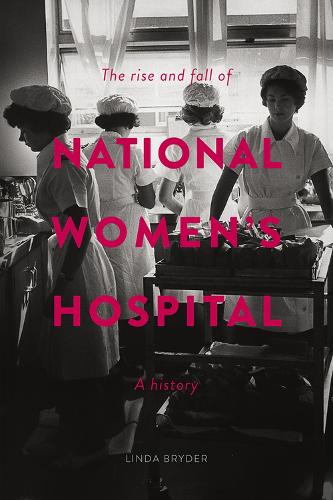
The Rise and Fall of National Women's Hospital: A History
(Paperback)
Publishing Details
The Rise and Fall of National Women's Hospital: A History
By (Author) Linda Bryder
Auckland University Press
Auckland University Press
1st June 1988
New Zealand
Classifications
General
Non Fiction
History of medicine
Human reproduction, growth and development
Physical Properties
Paperback
336
Description
Natural childbirth and rooming in; artificial insemination and in vitro fertilisation; sterilisation and abortion: women's health and reproduction went through a revolution in the twentieth century as scientific advances confronted ethical and political dilemmas. In New Zealand, the major site for this revolution was National Women's Hospital. Established in Auckland in 1946, with a purpose-built building that opened in 1964, National Women's was the home of medical breakthroughs by Sir William (Bill) Liley and Sir Graham (Mont) Liggins; of the Lawson quintuplets and the 'glamorous gynaecologists'; and of scandals surrounding the 'unfortunate experiment' and the neonatal chest physiotherapy inquiry. In this new book, Linda Bryder traces the rise and fall of National Women's over half a century in order to tell a wider story of reproductive health. She uses the varying perspectives of doctors, nurses, midwives, consumer groups and patients to show how together their dialogue shaped the nature of motherhood and women's health in New Zealand.
Author Bio
Professor Linda Bryder FRNZ teaches history at the University of Auckland and holds an honorary chair at the Centre for History in Public Health, London School of Hygiene and Tropical Medicine. Her books include A History of the 'Unfortunate Experiment' at National Women's Hospital, A Voice for Mothers and Western Maternity and Medicine, 1880-1990.
